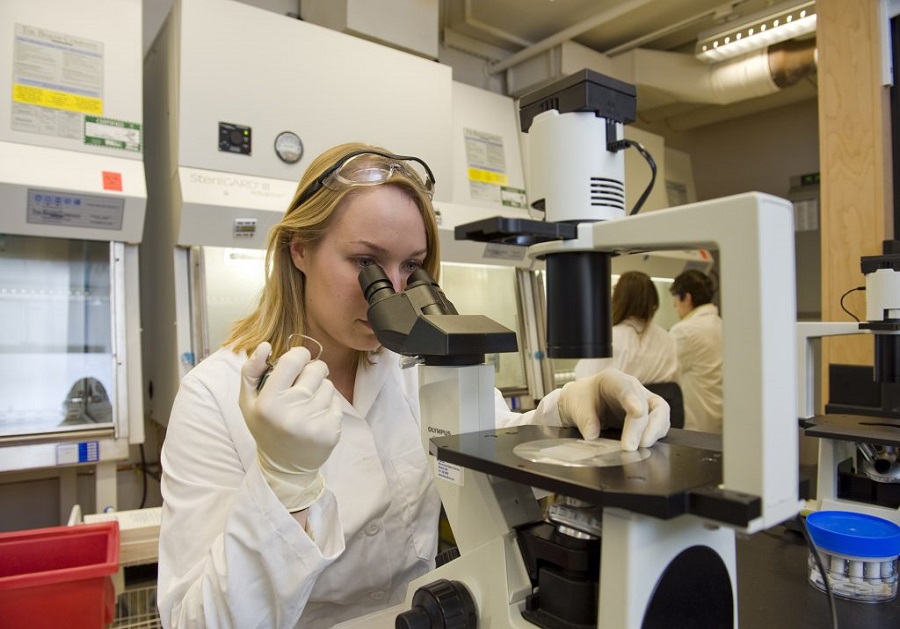Menu
Lanthanide Health Risks
Developing Solutions for Human and Environmental Health Risks Created by Exponentially Increasing Exposures to Lanthanide Metals
John Essigmann, Director, Center for Environmental Health Sciences
Bevin Engelward, Professor of Biological Engineering
Harold Hemond, William E Leonhard Professor of Civil & Environmental Engineering
Final Executive Summary
Rare earth elements (REEs) are chemicals that are finding growing uses owing to their unique chemical properties. Given the possibility for widespread exposure of people during mining, smelting, manufacturing, use and recycling or disposal, it is incumbent on us to anticipate the potential for these metals to do harm to humans and the ecosystem. Surprisingly, the question of how these metals influence human health has not been addressed. Our work was a key step to address that question. We used a local peatland that has accumulated metals over the past 150 years as a test ground to inform us how much of these metals are in the soil now, and how much was in the air in the past. We also developed a set of mammalian cell-based assays that track the ability of about a dozen of these metals to promote DNA damage, which can lead to carcinogenic mutations. We found that the levels of the rare earth elements rose in the air and water of Massachusetts between 1900 and 1970 and then the levels decreased sharply, concomitant with the enactment of certain environmental regulations. We also found that some of the metals, under certain conditions, can cause oxidative stress as well as structural changes to DNA that can potentially cause cancer. A missing piece is whether the levels of metals observed actually cause enough oxidative damage or DNA damage to be of public health significance. Future work will bridge that gap in knowledge.
Proposed Work
New technologies that promote environmental sustainability by means of increased energy efficiency or expanded renewable energy production require the use of novel materials. Many elements of the periodic table that were once of mainly scientific interest are now becoming of central importance to society. We propose to mount a collaborative program combining geochemistry and toxicology to assess potential risks to the environment and human health created by rare-earth elements, which have become widely used in recent years and are essential to maintain technological innovation. Our research will capitalize on the unique resources represented in the expertise of members of the MIT Center for Environmental Health Sciences (CEHS) in geochemistry and cell and molecular toxicology to characterize adverse effects of lanthanides, in elemental and combined forms in which they occur in the environment, to which humans are exposed. New or expanded processes of mining, smelting, refining, fabrication, product deployment, and end-of-product-life disposal all call for appropriate evaluation of potential risks to both humans and the environment. This information is essential for optimizing choices among materials and processes in the quest for economically effective environmental solutions and means to improve sustainability.




















